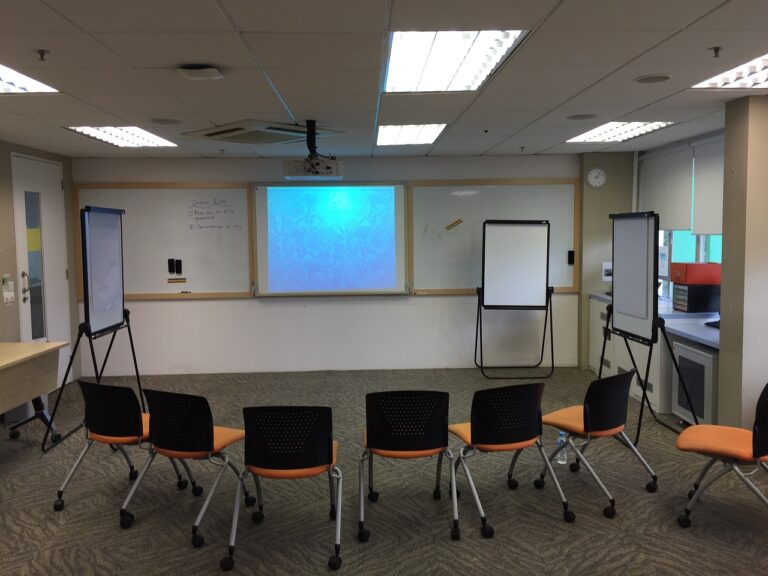Analyzing the Impact of Trauma-Informed Practices on School Culture
Trauma-informed practices in schools play a crucial role in supporting students’ overall well-being and academic success. By recognizing and addressing the impact of trauma on students, educators can create a more inclusive and understanding learning environment. These practices help students feel safe, valued, and supported, which in turn can enhance their ability to regulate emotions and engage in learning.
Moreover, trauma-informed practices can help in breaking the cycle of adversity and promote resilience among students. By fostering a sense of connection and trust, schools can empower students to overcome challenges and build a strong foundation for future success. Through compassion and empathy, educators can make a significant difference in the lives of students who have experienced trauma, ultimately leading to improved academic outcomes and emotional well-being.
Understanding the Effects of Trauma on Students
When students experience trauma, it can have profound effects on their overall well-being and academic success. Trauma can manifest in various ways, such as behavioral issues, difficulty concentrating, and emotional distress. These students may also struggle with forming relationships, regulating their emotions, and feeling safe in their environment.
Moreover, the effects of trauma on students can impact their ability to engage in learning activities, leading to academic challenges and poor performance in school. It is essential for educators to recognize the signs of trauma and provide appropriate support and resources to help these students thrive in the educational setting. Creating a compassionate and understanding environment is crucial in addressing the needs of students who have experienced trauma.
Creating a Safe and Supportive Learning Environment
When creating a safe and supportive learning environment, it is crucial to consider the individual needs of each student. This can be achieved through fostering open communication, actively listening to students, and showing empathy towards their experiences. By creating a space where students feel heard and understood, educators can help cultivate a sense of belonging and trust within the classroom.
Furthermore, promoting a positive and inclusive atmosphere in the learning environment can lead to increased engagement and motivation among students. Encouraging collaboration, celebrating diversity, and implementing restorative practices can contribute to a culture of respect and understanding within the school community. Students who feel supported and valued are more likely to thrive academically and emotionally, paving the way for a successful learning experience.





